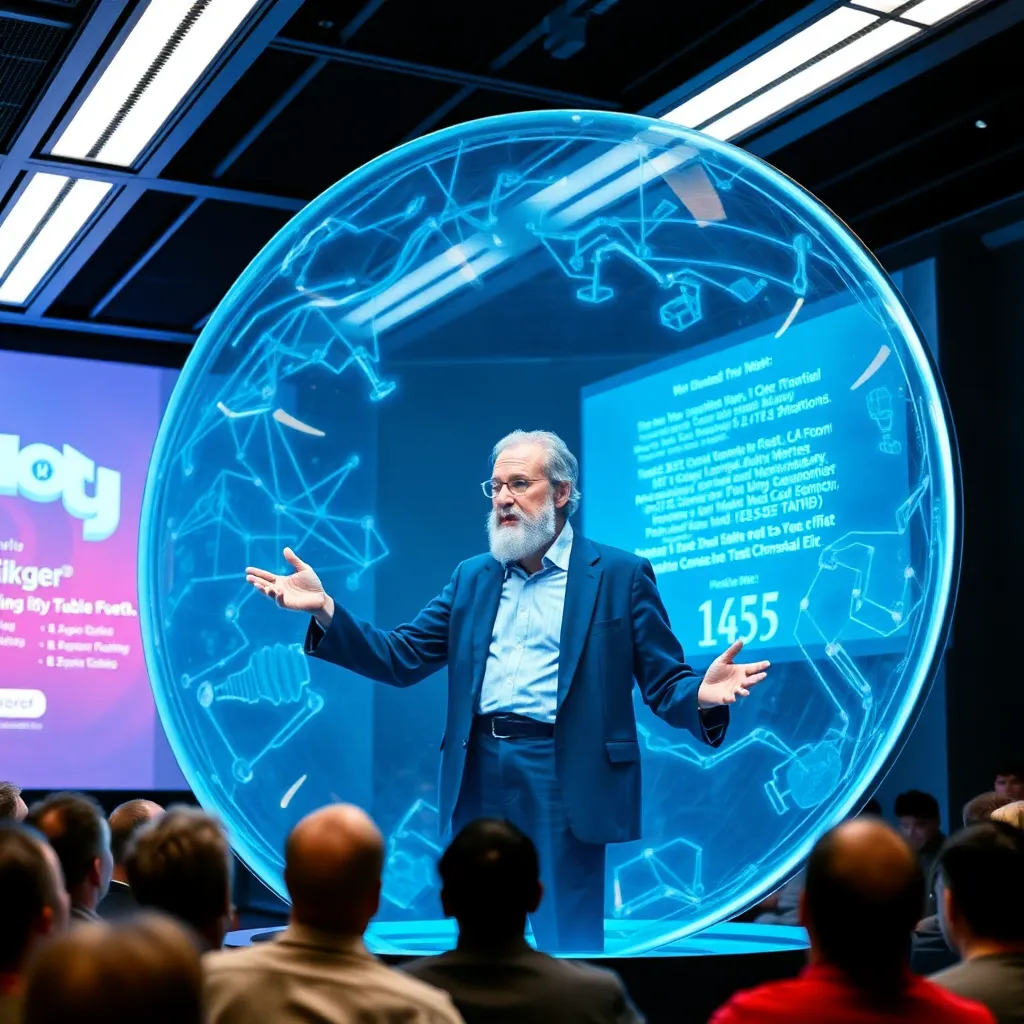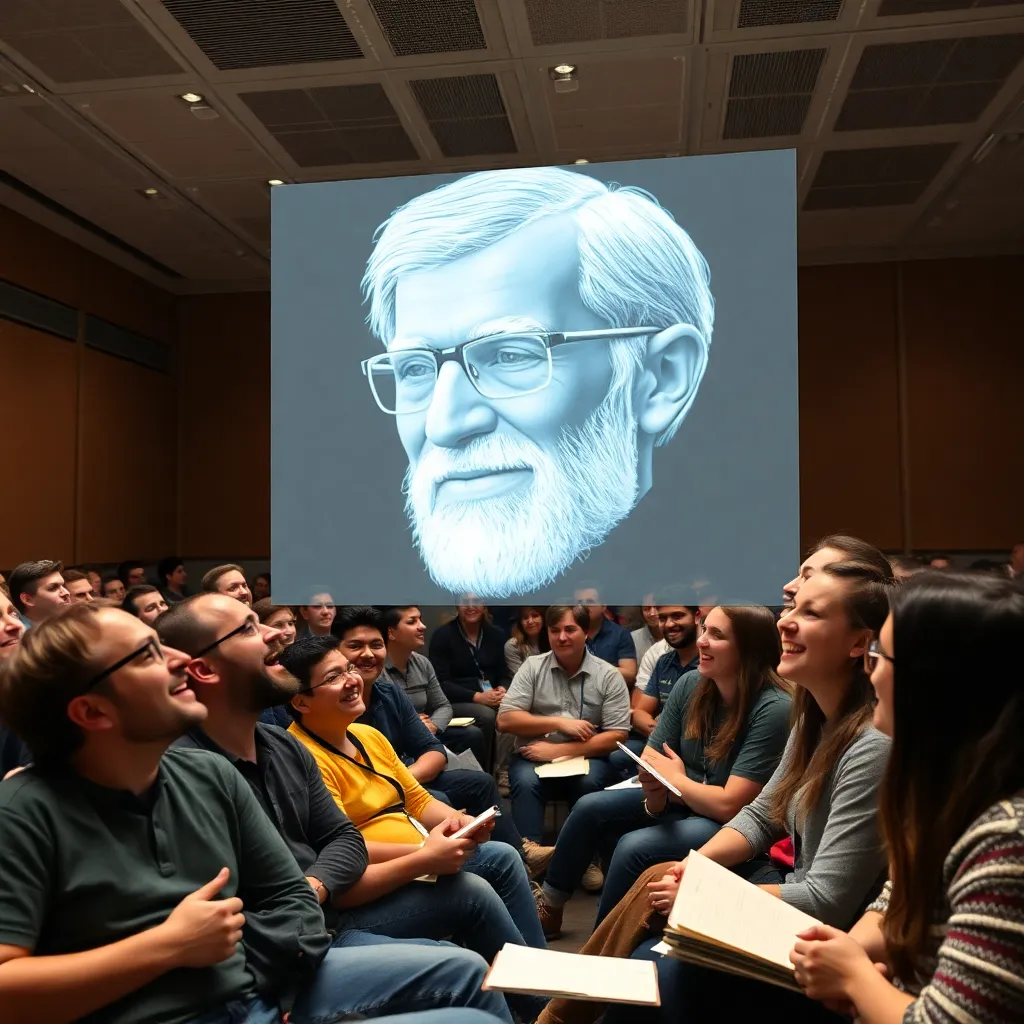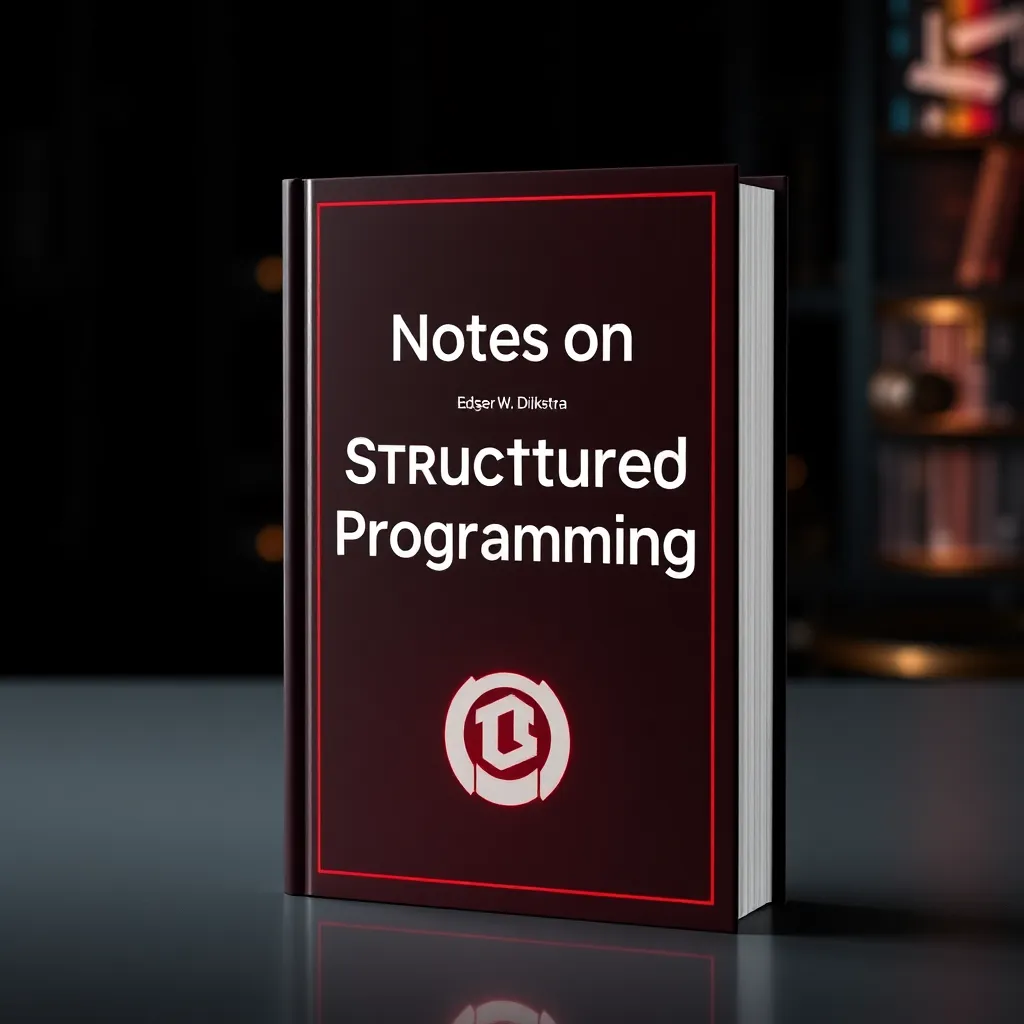In a shocking twist that has left the programming world reeling, the legendary computer scientist Edsger W. Dijkstra has announced that he is rewriting all his seminal works in the Rust programming language. This revelation came during a recent talk at MIT, where Dijkstra, who has been rumored to have transcended the mortal plane, made a surprise appearance via a holographic projection.
The audience, a mix of seasoned programmers and wide-eyed students, was initially skeptical. However, Dijkstra's hologram quickly won them over with a series of compelling arguments, including the claim that Rust's memory safety features would have saved him "at least three headaches and a migraine" during his illustrious career.
"Back in my day, we had to walk uphill both ways in the snow just to avoid a segmentation fault," Dijkstra quipped, his holographic eyebrows wiggling with digital delight. "Rust's ownership model is like a warm blanket on a cold winter's night."
The announcement has sparked a frenzy among academics and developers alike, with many now questioning the future of programming languages. Some have even suggested that Dijkstra's endorsement of Rust could lead to a new era of programming enlightenment, where bugs are as rare as unicorns and code compiles itself out of sheer admiration for its own elegance.
In a particularly bold move, Dijkstra's hologram concluded the talk by declaring that he would be rewriting his famous "Notes on Structured Programming" in Rust, complete with a new chapter on "The Zen of Borrow Checking."
As the hologram flickered out, leaving the audience in stunned silence, one thing was clear: the programming world may never be the same again. Whether this is the dawn of a new Rustacean age or just a holographic fever dream remains to be seen. But one thing is certain—Dijkstra's legacy continues to surprise and inspire, even from beyond the digital divide.


